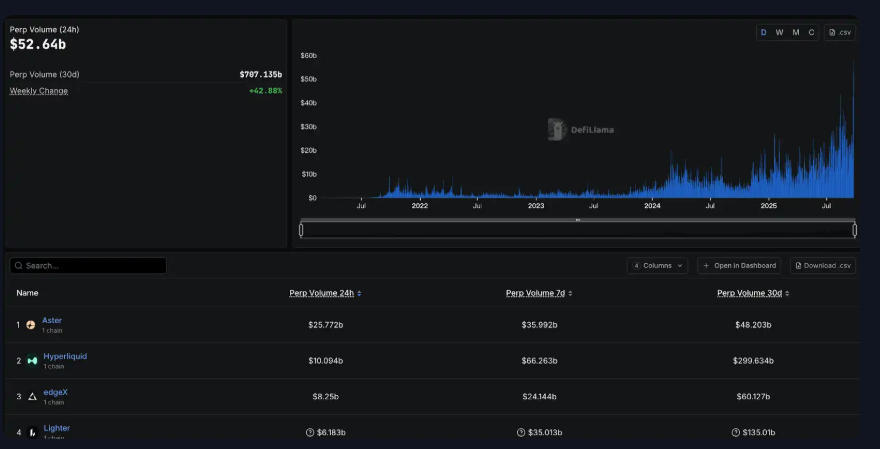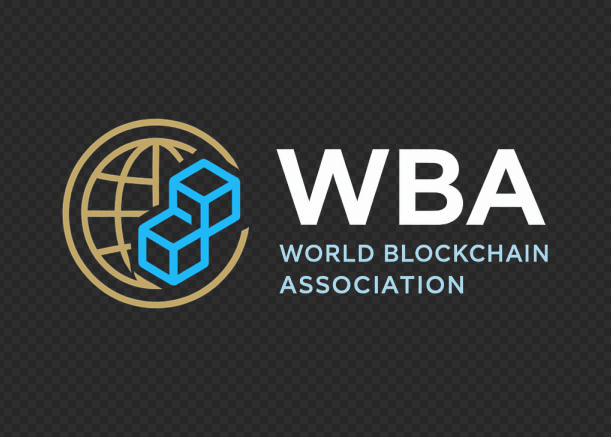
September 18, 2025 — Washington, D.C. — The World Blockchain Association (WBA) reports that the U.S. Federal Reserve’s latest decision to cut interest rates by 25 basis points has reignited debate across global financial markets, raising crucial questions for the future of traditional finance, Cryptocurrency, and digital assets such as Bitcoin, Ethereum, DeFi, NFT, DAO, Tokenization, and Stablecoins.
This rate cut, the first in nine months, marks a renewed pivot in monetary policy after a series of pauses earlier this year. For investors, regulators, and participants in the Web3 ecosystem, the implications go far beyond the U.S. economy—potentially shaping the trajectory of global capital flows and the ongoing bull cycle in digital assets.
A Historic Policy Shift: Why This Rate Cut Matters
On September 17, 2025, the Federal Reserve lowered its benchmark rate by 25 basis points, following three cuts in late 2024 and five consecutive hold decisions earlier this year. The move was driven by a combination of cooling labor market data, slowing wage growth, and unemployment rising to 4.3%.
While inflation remains above the Fed’s official 2% target—August’s CPI stood near 2.9%—many analysts view recent pricing pressures from tariffs as temporary. The Fed’s decision highlights a willingness to prioritize employment stability over aggressive inflation control, particularly under continued political pressure from President Trump, who has repeatedly urged more aggressive monetary easing.
The WBA notes that this policy backdrop is not only an economic adjustment but also a reflection of deepening institutional rifts. At the July policy meeting, two Fed officials voted against rate cuts—the first such dissent since 1993—highlighting the growing ideological divide within the central bank.
Risk Management or Easing Cycle?
According to the World Blockchain Association, this 25bp adjustment should be interpreted as a “risk-management cut” rather than the start of an aggressive easing cycle.
The Fed’s updated dot plot projects:
- 2025 median rate expectation lowered from 3.9% to 3.6%.
- Two additional 25bp cuts are likely by year-end (October and December).
- Further gradual easing into 2026 (3.4%) and 2027 (3.1%), while maintaining a long-term neutral rate near 3.0%.
This cautious “slow-walk” approach allows policymakers to balance persistent inflation risks against clear labor market weakness.
From a political standpoint, the decision also signals Fed Chair Jerome Powell’s attempt to preserve institutional independence, balancing between market expectations and presidential pressure.
Lessons from History: What Past Rate Cuts Reveal
Historical data shows that Fed easing cycles fall into two categories:
- Pre-emptive cuts (1990, 1995, 2019) — aimed at cushioning potential risks before a full recession. These often boosted equity markets and risk assets.
- Crisis-driven cuts (2001, 2008) — reactive measures during financial turmoil, often coinciding with sharp downturns.
The WBA emphasizes that the current environment—moderating inflation, weakening labor data, and rising geopolitical uncertainty—resembles the “pre-emptive” phase, aligning with scenarios where risk assets, particularly Cryptocurrency, historically thrive.
Already, Bitcoin and U.S. equities have touched record highs in 2025, signaling market optimism about liquidity expansion.
Digital Assets in Focus: How Bitcoin and Ethereum React
One of the clearest correlations in recent years has been between rate cuts and crypto bull markets. Both 2020 and 2024 saw parabolic rallies in Bitcoin and Ethereum following easing cycles. The WBA notes that the latest cut reinforces expectations that digital assets may extend their momentum into late 2025 and beyond.
Key developments include:
- Coinbase Research forecasts that liquidity, macro tailwinds, and regulatory clarity will extend the crypto bull cycle into Q4 2025.
- Bitcoin is expected to remain the primary beneficiary, though Ethereum is increasingly seen as the cornerstone of Web3, DeFi, Stablecoins, and Tokenization markets.
- Institutional flows into Ethereum ETFs, which have surpassed $22 billion in assets under management, signal rising institutional confidence in ETH over BTC.
Capital Flows: The $7.2 Trillion Catalyst
Another critical factor is the record $7.2 trillion in U.S. money market funds, much of it parked in low-yield instruments. Historically, outflows from these funds have coincided with surging demand for risk assets.
As rate cuts erode the attractiveness of money markets, significant capital could be redirected into Cryptocurrencies, Bitcoin, Ethereum, DeFi tokens, and emerging NFT/DAO projects.
This vast liquidity reservoir may serve as the powder keg for the next explosive phase of digital asset adoption.
Market Structure: Beyond Bitcoin
The World Blockchain Association highlights notable shifts in market structure:
- Bitcoin’s market dominance has dropped from 65% in May to 59% in August, signaling diversification.
- Altcoin capitalization has grown by more than 50% since July, reaching $1.4 trillion, with Ethereum and selected DeFi tokens leading the surge.
- Despite CoinMarketCap’s “Altseason Index” hovering around 40 (below the threshold of 75), capital inflows are concentrated in Ethereum, Stablecoins, and Tokenization narratives.
This suggests a selective rather than broad-based altcoin rally, where projects tied to real-world assets (RWA) and institutional adoption attract outsized inflows.
Institutional Forecasts: Where Is Bitcoin Headed?
Global institutions remain highly bullish on Bitcoin’s medium-term trajectory:
- Derive’s Sean Dawson projects BTC could reach $140,000 by year-end, with potential upside to $250,000 if institutional inflows accelerate.
- Bitmine CEO Tom Lee suggested on CNBC that Bitcoin could “easily reach $200,000 before the end of 2025.”
- Arthur Hayes, co-founder of BitMEX, predicted BTC could climb to $200,000 by late 2025, citing possible U.S. government debt buyback programs as a liquidity driver.
Meanwhile, equities traders are bracing for volatility, with option markets pricing a 1% move in the S&P 500 around Fed announcements—the largest implied swing in weeks.
Implications for Web3 and Global Finance
The WBA underscores that the Fed’s actions extend beyond Wall Street. Rate policy increasingly defines the global adoption cycle of Web3 technologies, including:
- DeFi protocols benefiting from lower capital costs and enhanced liquidity.
- Stablecoins gaining traction as both a settlement tool and safe-haven in volatile markets.
- DAO structures attracting institutional and retail governance interest in an era of monetary uncertainty.
- Tokenization of real-world assets (RWA) unlocking new financial markets with blockchain transparency.
World Blockchain Association’s Perspective
According to the World Blockchain Association, the September rate cut may prove to be a critical inflection point for both global finance and digital assets. If the easing cycle continues into 2026, cryptocurrencies are well-positioned to remain at the forefront of capital reallocation.
As WBA analysis shows, Bitcoin, Ethereum, and the broader Web3 sector are not merely speculative assets; they are increasingly central to how investors, corporations, and policymakers conceptualize the future of value storage, settlement, and decentralized governance.
About the World Blockchain Association
The World Blockchain Association (WBA) is a global organization dedicated to advancing knowledge, policy dialogue, and innovation in blockchain and digital finance. As a leader in the blockchain and cryptocurrency space, the WBA provides stakeholders with trusted insights at the intersection of technology, regulation, and global economic trends through research, reporting, and thought leadership.







